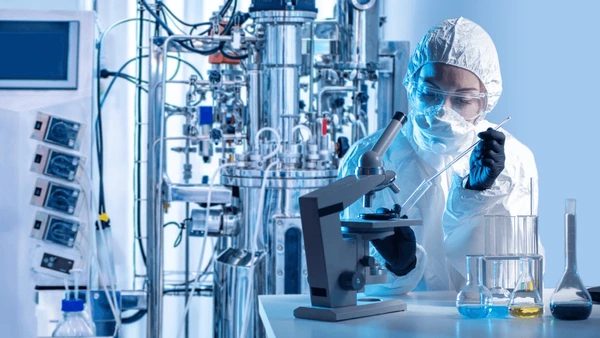Envetec Insight
Navigating Regulatory Compliance While Advancing Sustainability in Pharmaceutical Manufacturing
Introduction: Balancing Act in Pharma
In the pharmaceutical industry, companies face the dual challenge of adhering to stringent regulatory requirements while striving to minimise their environmental footprint. Balancing compliance with sustainability is not only essential for legal and ethical reasons but also offers competitive advantages in today’s ESG-led market. This is especially relevant in Ireland, where environmental awareness is growing.
The Interplay Between Regulatory Compliance and Sustainability
Regulatory compliance ensures that pharmaceutical products are safe, effective, and of high quality. Agencies like the FDA and EMA mandate adherence to Good Manufacturing Practices (GMP), which encompass guidelines for production processes, quality control, and facility management.
Simultaneously, there’s a growing emphasis on environmental sustainability. Regulations are evolving to incorporate environmental considerations, such as waste treatment, energy efficiency, and reduction of hazardous substances. For instance, the ISO 14000 family of standards provides a framework for organisations to manage their environmental responsibilities effectively. This includes proper clinical waste collection and disposal methods.

Strategies for Harmonising Compliance and Sustainability
1. Implementing Green Chemistry Principles
Adopting green chemistry can reduce or eliminate hazardous substances in the manufacturing process. This approach not only aligns with environmental goals but also ensures compliance with regulations aimed at minimising hazardous chemical exposures. This can significantly reduce the volume of biohazardous waste produced.
2. Utilising Process Analytical Technology (PAT)
PAT enables real-time monitoring and control of manufacturing processes, enhancing product quality and reducing waste. This technology supports compliance with regulatory standards while promoting efficient resource utilisation.
3. Adopting Quality by Design (QbD)
QbD involves designing manufacturing processes with predefined objectives, emphasising product and process understanding. This proactive approach ensures consistent quality and compliance, while also identifying opportunities for sustainable improvements.
4. Engaging in Environmental Monitoring
Regular environmental monitoring helps in detecting and controlling potential contaminants, ensuring compliance with GMP and environmental regulations. Advanced monitoring systems can also optimise resource usage and reduce environmental impact. This is crucial for regulated waste treatment companies operating in Ireland.
The Role of Stakeholders in Driving Sustainable Compliance
Stakeholders, including customers, investors, and regulatory bodies, increasingly demand transparency and accountability regarding environmental practices. Companies that proactively address these concerns can enhance their reputation and gain a competitive edge. The market is now moving to a place where aligning business strategies with sustainability goals is not just a regulatory necessity but also a market-driven imperative. Proper biomedical waste management is a key concern for these stakeholders.

Conclusion: Achieving Sustainable Pharmaceutical Manufacturing
Navigating the complex landscape of regulatory compliance while advancing sustainability requires a multifaceted approach. By integrating green chemistry, leveraging advanced technologies like PAT and QbD, and engaging stakeholders, pharmaceutical manufacturers can achieve compliance and environmental objectives simultaneously. This alignment not only fulfils regulatory obligations but also positions companies as leaders in sustainable pharmaceutical manufacturing. This includes responsible biohazardous waste recycling and waste recycling practices.